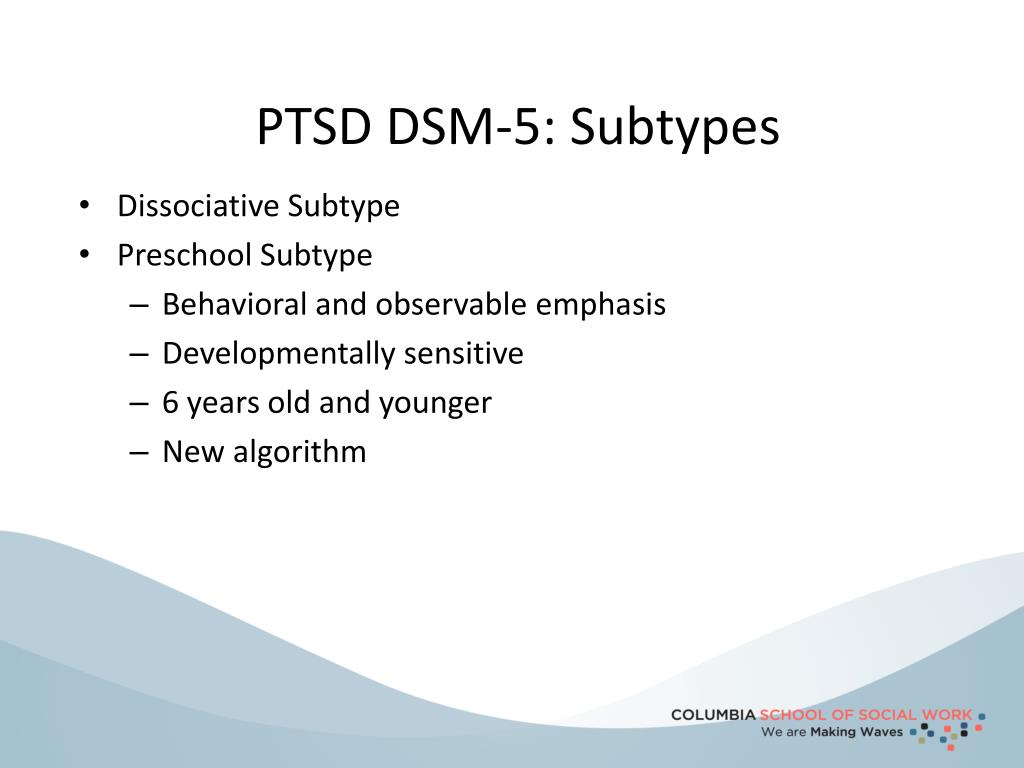

In: 9th Annual Meeting of the International Society of Traumatic Stress Studies, 1993 San Antonio, USA. The PTSD checklist: reliability, validity, and diagnostic utility. Weathers F, Litz B, Herman D, Huska JA, Keane TM. A leading self-report scale is the Posttraumatic Stress Disorder Checklist (PCL). There are different tools to assess PTSD, some self-report and some interviewer-administered. Identifying affected individuals is essential, given the adverse impact of PTSD on health and quality of life and the availability of effective treatments.

Prevalence and risk factors of postpartum posttraumatic stress disorder: a meta-analysis. Research focused on postpartum women has shown overall prevalence rates ranging from 2 to 9%, rising to 15% in at-risk groups such as women reporting a psychiatric background, a history of trauma, or perinatal complications. Cumulative traumas and risk thresholds: 12-month PTSD in the World Mental Health (WMH) surveys. Karam EG, Friedman MJ, Hill ED, Kessler RC, McLaughlin KA, Petukhova M, et al. Posttraumatic stress disorder psychometric tests/interviews diagnosis and classification epidemiology womenĭata from 20 population surveys in the World Mental Health Survey Initiative showed a 12-month prevalence of posttraumatic stress disorder (PTSD) of 1.1%. This also entails a different presumption regarding the latent structure of PTSD and how the PCL should be operationalized.

These findings are at odds with the dimensional structure proposed in both DSM-IV and DSM-5. Further exploration supported a model comprised of two factors (re-experience/avoidance and numbing/hyperarousal). The original three-factor solution was rejected, along with the four-factor structures most widely endorsed in the literature (PTSD-dysphoria and PTSD-numbing models). Confirmatory factor analysis (CFA) and exploratory structural equation models (ESEM) were used to evaluate the dimensional structure of the PCL-C. The sample comprised 456 women, interviewed at 6-8 weeks postpartum, who attended a high-complexity facility in Rio de Janeiro, Brazil. This article sheds light on hitherto unvisited methodological issues, reappraising several key models advanced for the DSM-IV-based civilian version of the PTSD Checklist (PCL-C) as to their configural and metric structures.

The dimensional structure of posttraumatic stress disorder (PTSD) has been extensively debated, but the literature is still inconclusive and contains gaps that require attention. Instituto Fernandes Figueira, Fiocruz, Rio de Janeiro, RJ, Brazil About the authors Instituto de Psiquiatria, Universidade Federal do Rio de Janeiro (UFRJ), Rio de Janeiro, RJ, Brazil Gustavo Lobato Coutinhoĭepartamento de Epidemiologia, Instituto de Medicina Social, Universidade do Estado do Rio de Janeiro (UERJ), Rio de Janeiro, RJ, BrazilDepartamento de Epidemiologia, Escola Nacional de Saúde Pública, Fundação Oswaldo Cruz (Fiocruz), Rio de Janeiro, RJ, Brazil Ivan Figueira Moraesĭepartamento de Epidemiologia, Instituto de Medicina Social, Universidade do Estado do Rio de Janeiro (UERJ), Rio de Janeiro, RJ, BrazilPrograma de Mestrado em Saúde da Família, Universidade Estácio de Sá, Rio de Janeiro, RJ, Brazil Evandro S. Correspondence: Aline Gaudard e Silva de Oliveira, Departamento de Epidemiologia, Instituto de Medicina Social, Universidade do Estado do Rio de Janeiro (UERJ), Rua São Francisco Xavier, 524, 7° andar, CEP 20559-900, Rio de Janeiro, RJ, Brazil.


 0 kommentar(er)
0 kommentar(er)
